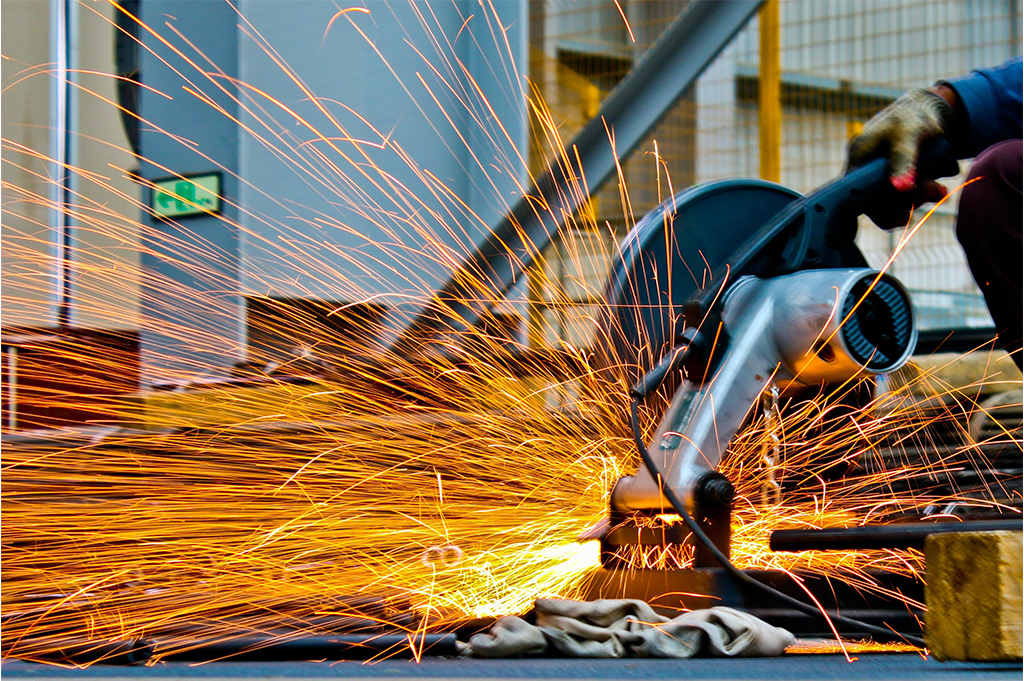
Welcome back to our blog. Today, we’re going to explore the amazing world of laser cutting parts, a technology that has revolutionized the manufacturing industry.
What are Laser Cutting Parts?
Laser cutting parts refer to components that are fabricated using laser cutting technology. In this process, a highly focused laser beam is directed onto a sheet of metal or other materials. The intense heat of the laser rapidly melts, burns, or vaporizes the material, precisely cutting through it to create the desired shape. This method offers unparalleled precision, allowing for the production of parts with extremely tight tolerances and intricate details
Advantages
- Precision: One of the most significant benefits of laser cutting is its ability to achieve remarkable precision. Lasers can create cuts with a narrow kerf (the width of the cut), typically ranging from 0.1 – 0.3mm, enabling the production of parts with high accuracy. This precision is crucial in industries such as aerospace, electronics, and medical, where even the slightest deviation can have serious consequences
- Versatility: Laser cutting can be used on a wide variety of materials, including metals (such as steel, aluminum, copper), plastics, wood, and composites. This makes it a versatile option for different industries with diverse material requirements. Whether you need to cut a thin sheet of stainless steel for a decorative item or a thick piece of aluminum for an industrial component, laser cutting can get the job done
- High-Speed Cutting: Laser cutting machines are capable of cutting through materials at high speeds, significantly reducing production time. The non-contact nature of the process also means there is no physical tool wear, allowing for continuous operation without the need for frequent tool changes. This results in increased productivity and faster turnaround times for manufacturing projects
- Minimal Heat Affected Zone (HAZ): During laser cutting, the heat input to the material is concentrated in a very small area, minimizing the heat affected zone. This is particularly important for materials that are sensitive to heat, as it helps to maintain the integrity and mechanical properties of the part. Reduced HAZ means less distortion and better quality parts
- Complex Shapes: Laser cutting can easily create complex and intricate shapes that would be difficult or impossible to achieve with traditional cutting methods. The computer-controlled nature of laser cutting allows for the production of custom designs with ease, giving manufacturers the freedom to bring their innovative ideas to life
Different Types of Laser Cutting for Parts
- CO2 Laser Cutting: CO2 laser cutters are well-suited for cutting thick materials, especially in applications where a high power output is required. They are commonly used in industries such as automotive and shipbuilding for cutting large components. CO2 lasers have been around for a while and are known for their reliability in achieving high-quality cuts on materials like thick stainless steel and carbon steel
- YAG Laser Cutting: YAG (Yttrium Aluminum Garnet) lasers were early dominant products in the laser cutting field. They are capable of cutting high-reflective materials like copper and aluminum. Although they have some limitations in terms of flexibility and stability compared to newer technologies, they still have their niche applications, especially for certain types of small-scale production
- Fiber Laser Cutting: Fiber laser cutters have gained significant popularity in recent years due to their high energy conversion efficiency, long lifespan, and excellent beam quality. They offer faster cutting speeds, lower operating costs, and better precision compared to traditional YAG and CO2 lasers. Fiber lasers are widely used in industries that require high-precision and high-volume production of parts, such as electronics and precision machinery manufacturing
Applications
- Automotive Industry: Laser cutting parts are used in the automotive industry for manufacturing various components, including engine parts, body panels, and interior components. The precision and speed of laser cutting ensure that these parts fit together perfectly, improving the overall quality and performance of the vehicle
- Aerospace Industry: In aerospace, where safety and precision are of utmost importance, laser cutting is used to produce parts such as turbine blades, structural components, and brackets. The ability to cut complex shapes and maintain tight tolerances makes laser cutting an ideal choice for this industry
- Electronics Industry: Laser cutting is used to create parts for electronic devices, such as circuit boards, connectors, and enclosures. The high precision of laser cutting allows for the production of small, intricate components that are essential for the functionality of modern electronics
- Medical Industry: In the medical field, laser cutting is used to manufacture surgical instruments. The ability to work with biocompatible materials and achieve high precision ensures the safety and effectiveness of these medical devices
Challenges and Considerations
While laser cutting parts offer numerous advantages, there are also some challenges and considerations to keep in mind. One challenge is the initial investment cost of laser cutting equipment, which can be quite high. Additionally, proper maintenance and calibration of the laser cutting machine are required to ensure consistent quality of the cut parts. The type of material being cut also affects the cutting process, and different materials may require specific cutting parameters to achieve the best results.
In conclusion, laser cutting parts have transformed the manufacturing landscape, offering precision, efficiency, and versatility that are hard to match. As technology continues to evolve, we can expect even more advancements in laser cutting, opening up new possibilities for innovation and growth in various industries. Whether you’re a small-scale manufacturer or a large corporation, considering laser cutting for your part production needs can lead to significant benefits in terms of quality, productivity, and cost-effectiveness.
